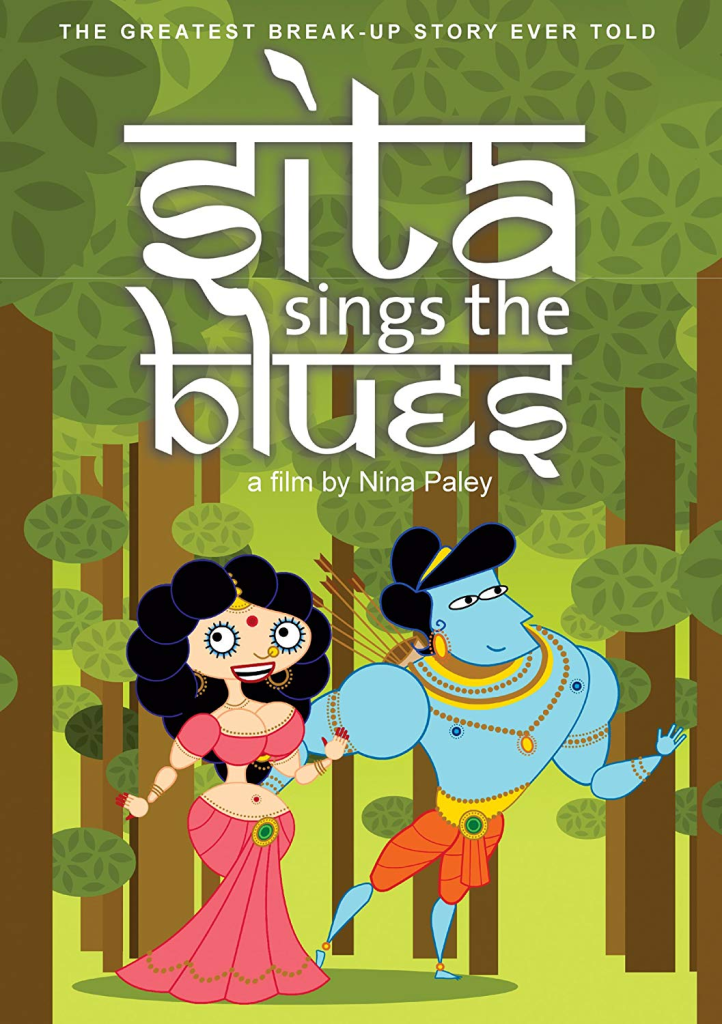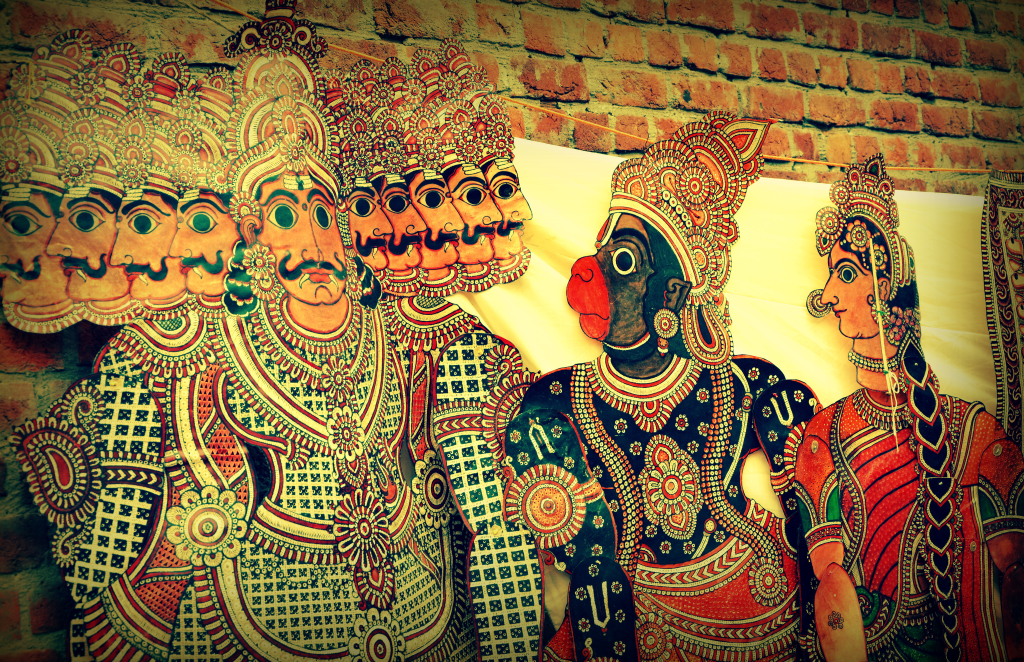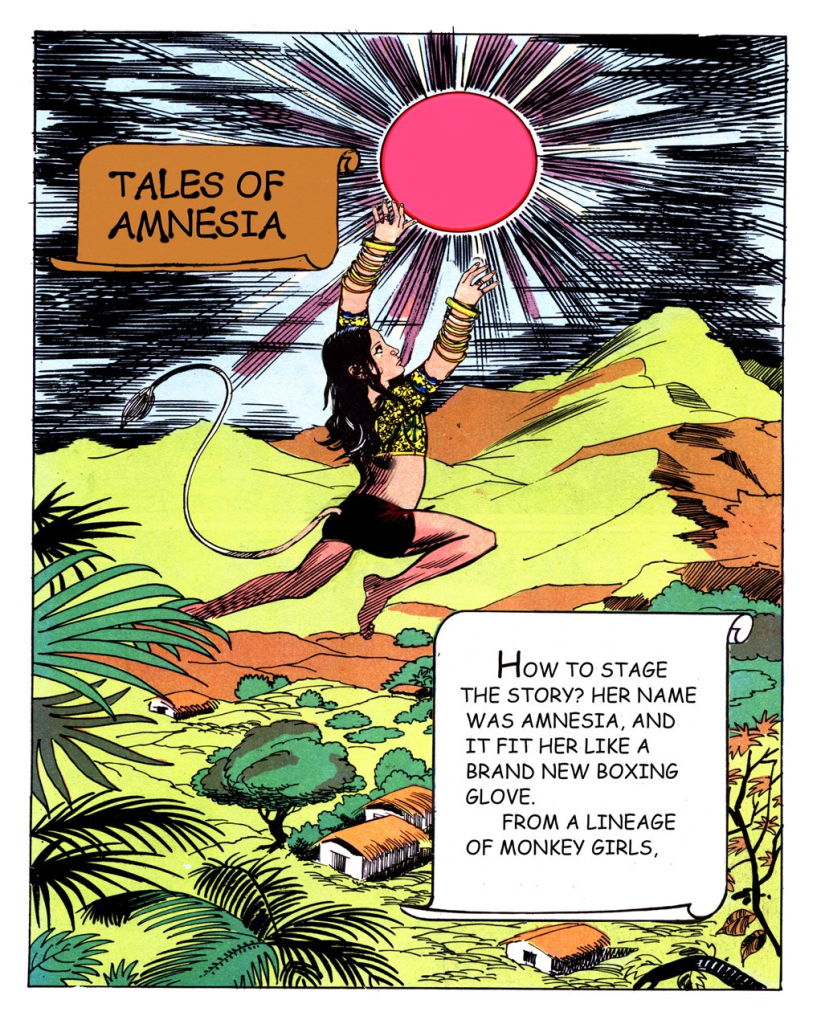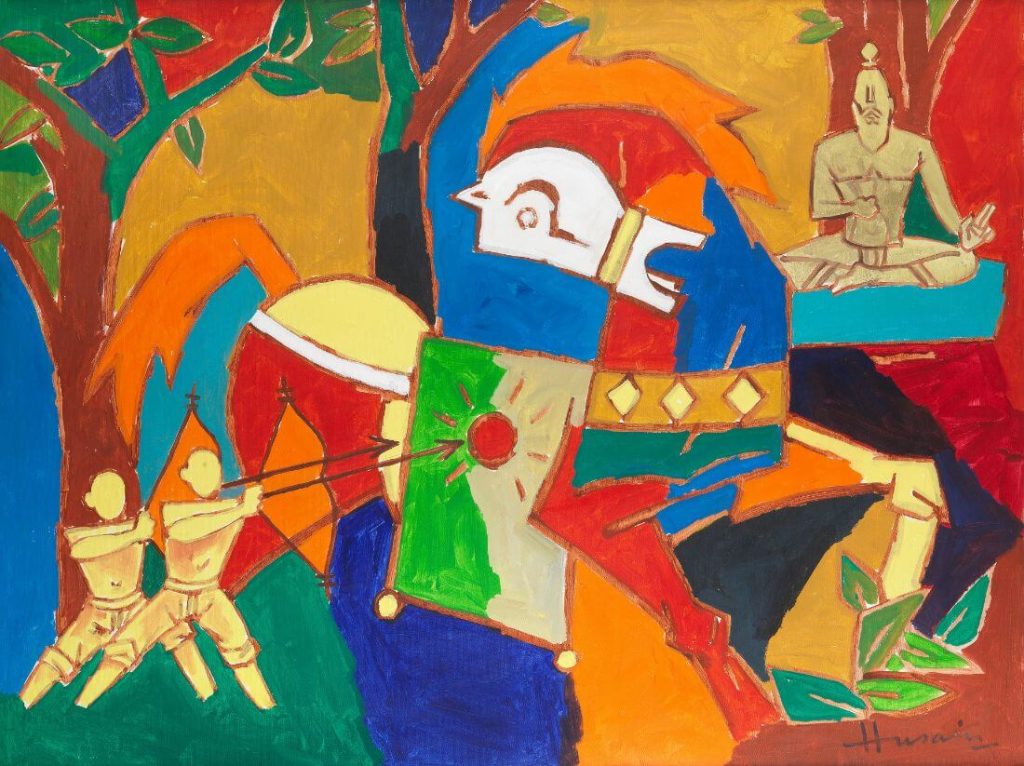Introduction
One of the two major epics of ancient India, the Ramayan has influenced every facet of Indias culture and artistic expressions for millennia. Such timeless themes, such as dharma (righteousness), loyalty and heroism are still revered by all artists, who continue to re-cast these same motifs in fresh forms for the modern times. The present interpretation of the Ramayan in art, therefore indicates not only the timeless relevance of this epic, but also how its cultural context has been changing alongside developments in contemporary practices. It has been visualised in classical Indian paintings, temple sculptures, miniature illustrations and traditional folk arts since ages. The figures of Rama, Sita or Hanuman were put in stone by artists like Raja Ravi Varma and they started becoming part of the imagination of a land. But today’s artists employ that ancient iconography to ask their own questions about identity, politics, gender and cultural plurality, using a text like this engaging with the Ramayan in ways that question and expand its meanings.
Modern Ramayan Narratives: Thematic Reinterpretations
Many modern artists have taken up the epic as a means to explore feature contemporary themes and social-political concerns. And there are always Manjit Bawa and M.F. Husain who provide chiaroscuro renderings of Ramayan scenes, albeit appropriated to their rather bold, stylised expressions incorporating colour, abstraction and expressionist elements as they grapple with the epic’s multilayered emotional spectrum. For instance, Husain has employed the ancient text of the Ramayan to comment on unity-and-diversity ideology by using modernist modes in a thoroughly traditional storytelling form.

An important modern interpretation is Arpana Caur’s series on how Sita was abducted. Through her works, Caur attempts to break this dominant narrative of Sita as the passive helpless victim and send across a story of determination and fortitude, one that speaks to her emotional and spiritual journey rather than merely offering up yet another pious artefact. It depicts an inversion of old gender roles attached to whom it concerns, capturing the larger discourse of women empowerment.

Ramayan in New Media: Digital Art, Installations, and Performances
Digital revolution have enabled to artists reimagined the Ramayan as well. An Indian artist Gigi Scaria uses media installations, thereby, narrating episodes from the Ramayan by mixing elements of video, sound and visuals elements. It is the urban landscape in Scaria’s works that forms a kind of metaphorical epic backdrop to what is essentially an unfolding drama connecting loosely the mythological action with contemporary social issues stemming from factors such as urbanisation, migration etc.

Sita Sings the Blues is a 2008 American animated musical romantic comedy-drama film written, directed, produced and animated by American artist Nina Paley. Woven into musical interludes featuring songs by Annette Hanshaw and footage of the artist’s childhood are events from the Ramayana, playful yet educational chatter about historical context by a trio of cut-out Indian shadow puppets. The ancient mythological and modern biographical through line are twin narratives joined by a hundred motifs. It reinterprets the Ramayana through a mix of traditional storytelling, modern animation, and jazz music, focusing on Sita’s perspective.

Folk Traditions in Modern Settings
Modern interpretations today often merge the traditional folk art styling with a modern perspective, almost hybridized in that although paying homage to its cultural roots, also tackle topical matters relevant today. Another example is the Kalamkari tradition of Andhra Pradesh, which has evolved over time to combine fresh themes when created anew by artists today.

Tholu Bommalata which means shadow puppets is a practiced tradition and has also found a modern day theatrical way to express. Contemporary puppeteers create multimedia visuals and experimental narratives are told, in the course of which The Ramayan is narrated as well as a comment on narrative itself made. Many of these presentations also raise issues of cultural identity and the interplay between traditionality and innovation in the field of traditional arts.

Political and Social Reinterpretation
Interestingly, the politics of the day has found many parallels to apply to it and much too often it has been read through a political lens in modern times. One of the foremost contemporary artists, Subodh Gupta has been unravelling the symbolism of Ramayan in the backdrop of the rural-urban divide and new Indian landscapes. His installations frequently utilise banal objects as metaphors, which help unpack the narratives of the epic and relate them to the lived experiences continued disability of alley communities.

Feminist Interpretations of the Ramayan
In recent art, when the Ramayan is reinterpreted from a feminist perspective, it has been happening so much widely. Artists such as Nilima Sheikh and Seema Kohli have depicted Sita in their creations, contemplating Sita as a symbol of courage, pain and change. Typically, these re-envisionings attempt to read against the grain in a patriarchal epic and offer counter-narratives that provide agency to the female characters within them.

In a diametrically opposite perspective, Nilima Sheikh’s painting of Sita breaks the worshipped wife into more and turns her once-hallowed ground into canvas. Her works carry an empathetic tone for the character, along with a criticism of the historical and cultural conditions that have limited women.
The Ramayan’s Influence on Diasporic Artists
The diaspora has also played a role in the contemporary interpretation of the Ramayan, as artists of Indian origin living abroad bring new perspectives to the epic. For example, Chitra Ganesh, a New York-based artist, integrates elements of the Ramayan into her multimedia works, juxtaposing mythological themes with futuristic imagery to address questions of identity, displacement, and hybridity. Her use of comic book aesthetics and digital collage techniques offers a playful yet critical approach to the epic, making it relevant for a global audience.

Ganesh’s work often challenges normative interpretations of the Ramayan, incorporating queer perspectives and alternative readings that expand the traditional boundaries of the epic. This approach resonates with a diverse audience, particularly within the context of discussions on intersectionality and inclusivity in contemporary art.
Conclusion
Contemporary art and interpretive illustrations of the Ramayan are a great example of how cultural narratives continue to stay alive by being constantly dynamic and on a flux. The journey has long been refracted through various media and cultural perspectives—many artists have used the epic as a sounding-board to elucidate concepts of identity, politics, gender, and social transformation. These artists are not only keeping the legacy of Ramayan alive by retelling it in a different manner but also making it more relevant, understandable and relatable to the younger audience through their creativity. This unceasing reinterpretation of the epic is symptomatic of a larger trend in art, where eternal narratives are revisited to speak to contemporary urgencies and hence it guarantees that the Ramayan remains alive as much more than just another historical text, but a living cultural body. The Ramayan endures as inspiration for artists of today, and the past intertwined with the new make up a compelling narrative that prompts audiences to re-evaluate their own connections to these tales that encompass human existence.
Feature Image: Luv Kush And Rama’s Horse (Scene From The Ramayan) – Maqbool Fida Husain – Large Art Prints| Courtesy: tallenge store
References
- Smith, John D. The Ramayana: A Shortened Modern Prose Version of the Indian Epic. Penguin Classics, 2009.
- Dalrymple, William. Nine Lives: In Search of the Sacred in Modern India. Bloomsbury Publishing, 2010.
- Richman, Paula. Ramayana Stories in Modern South India: An Anthology. Indiana University Press, 2008.
- Bose, Mandakranta. The Ramayana Revisited. Oxford University Press, 2004.
- Mukherjee, Meenakshi. “New Narratives: Reinterpreting the Ramayana.” Indian Literature, vol. 52, no. 1, 2008, pp. 107-121.
- Ramanujan, A.K. “Three Hundred Ramayanas: Five Examples and Three Thoughts on Translation.” The Collected Essays of A.K. Ramanujan, Oxford University Press, 2004.
- Feature Image:





